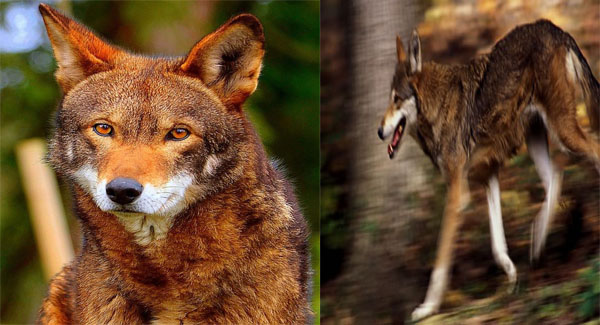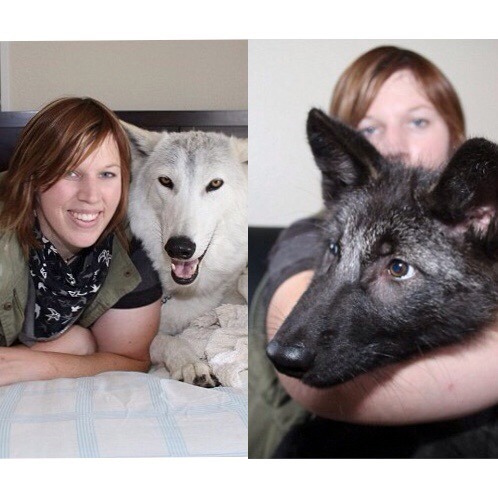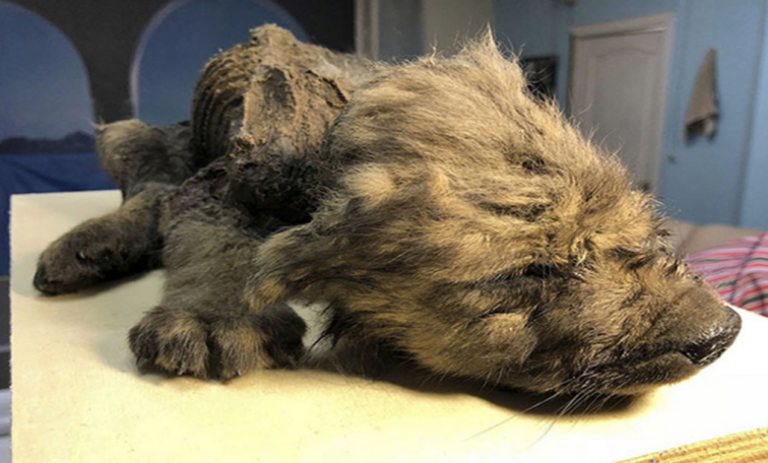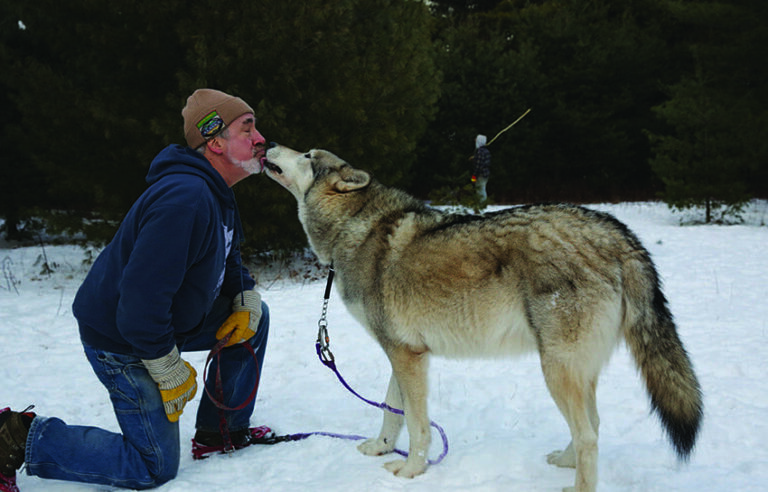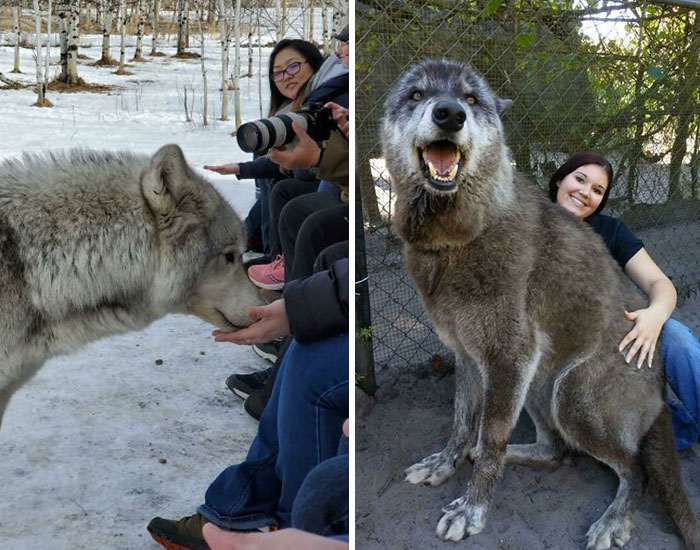Less Than 10 Left In The Wild, Red Wolf Is In Danger Of Extinction
The red wolf is an extremely rare animal. Currently, there are about 10 wild red wolves, even lesser. They are all living in North Carolina, US. It means that this wolf species is facing the risk of extinction. Do you know that these wolves are cousins the cousin of the popular gray wolves? But they are smaller and look similar to coyotes.

Red wolf pups are born between late April and early May, with an average ʟɪᴛᴛᴇʀ size of two to six pups. The entire pack is involved in raising them. An adult red wolf is around 26 inches tall and 4 feet in length, with a weight of between 40 and 80 pounds.

Like many other wolf species, the red wolf is monogamous. They only mate with one partner during their lifetime. To maintain and preserve the red wolf population, a lot of efforts have been made so far. So far, there have been a lot of efforts to maintain and preserve the population of this wolf. In 1973 the Red Wolf Recovery Plan was completed and began being implemented. There were over 400 canids captured between 1973 and 1980, however, only 17 were considered genetic red wolves. Sadly, the red wolf was declared extinct in the wild by 1980, with only a few red wolves in captivity. The Endangered Wolf Center received its first pair of red wolves in 1981. It was the first facility to breed both Endangered red and Mexican gray wolves in captivity. Approximately 5 percent of red wolves born in captivity began their lives here at the Endangered Wolf Center.

A return to the wild
One animal born at the Endangered Wolf Center deserves particular mention. In 1986, Brindled Hope was one of the first eight animals reintroduced into the wild at the Alligator River National Wildlife Refuge in North Carolina. She was the first to reproduce successfully outside the captive breeding program and many of the wild wolves in that area are her descendants. The large enclosures of the Endangered Wolf Center offer these red wolf release candidates a chance to hunt, an opportunity to acclimate to larger land areas, and experience little human interference. Their howls announce the success of the program and the role that the Endangered Wolf Center has played in their triumphant return. Since then, more have been released, creating a slight comeback of this Endangered wolf. If you love this post, why don’t you share it with your family and friends?
